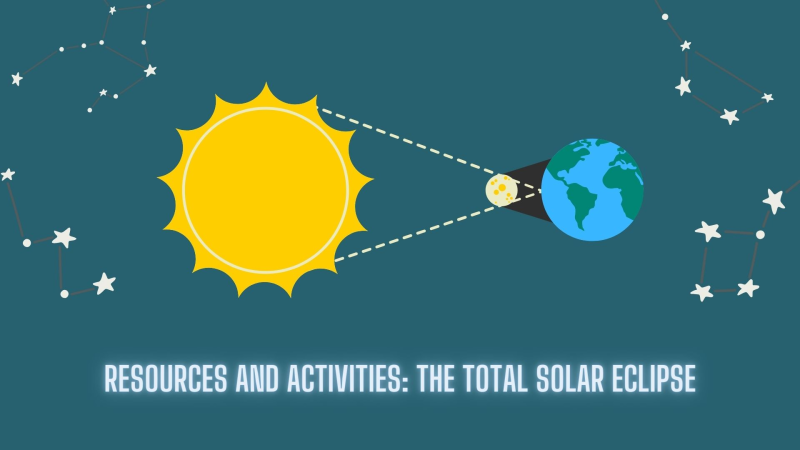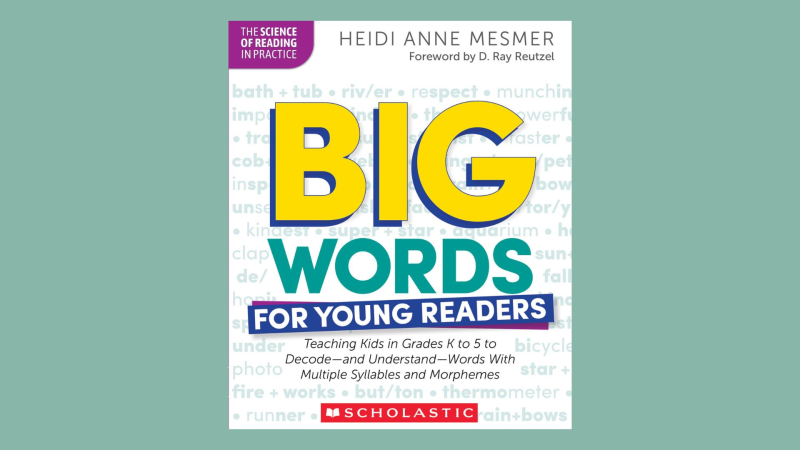Mark your calendars! On Monday, April 8, a rare total solar eclipse will cross over half of the globe, including the United States, Canada, and Mexico! For thousands of years, scientists, artists, philosophers and more have speculated about this wonder – from ancient legends to modern data – this is an event that you won’t want to miss.
Solar eclipses happen when the Moon passes between the Sun and the Earth, cosmically aligning for a few magical minutes. On average, any given spot on Earth is only likely to see a total solar eclipse about every 400 years! This year, the skies will darken for four total minutes (almost two minutes longer than the last eclipse in 2017), and those in the path of totality will experience these planetary bodies performing what The National Aeronautics and Space Administration (NASA) dubs as an “orbital dance” – the brevity of a full total solar eclipse.
To assist families and educators in teaching children about this exciting celestial event, SuperSTEM, an interdisciplinary magazine from Scholastic Magazines+ for students in grades 3-6, and other publications including Scholastic News, Storyworks 3, and Scholastic Math, and ScienceWorld, are sharing articles, videos, and several accompanying activities.
Keep reading below to check out a few stellar resources!
-
Activity: “Solar Eclipse Viewer” (Grades 3-6)
-
This hands-on activity instructs students on how to create their own personal eclipse viewer - with safety top of mind. It includes simple directions and requires only a handful of household materials. Check it out here.
-
Activity: “Model an Eclipse” (Grades 3-6)
-
With this interactive eclipse model, students will learn about the different aspects of planetary movements, how an eclipse travels through space and time, and the technicalities behind such a phenomenal event. Check it out here.
-
Article: “Don’t Miss the Solar Eclipse!” (Grades 6-10)
-
This piece features the approaching solar eclipse and tips for students in grades 6-10 on how to view the eclipse safely with household materials. Check out the article from Scholastic ScienceWorld here.
-
Article: “Chasing Eclipses” (Grades 6-9)
-
Geared for students in grades 6-9, Sarah White, an eclipse chaser, explores how she plans to travel to witness the eclipse on April 8 in this piece from Scholastic Math. Plus, don’t miss her tips for safe viewing! Check it out here.
-
Article: “When Dragons Swallowed the Sun” (Grades 3-6)
-
From ancient Chinese and Egyptian mythology, to present day science, learn how historians and scientists from different cultures have documented these rare occurrences through the ages – including NASA’s plans to perform five experiments during the eclipse’s duration. Read more here.
-
Article: “Something Big is Coming!” (Grades 1-2)
-
Find a fictional text, game, lesson plan, skill sheets, and more in this interactive eclipse-themed issue Scholastic News, available for Grade 1 and Grade 2.
-
Story: “The Eclipse Party Disaster” (Grade 3)
-
Build knowledge, vocabulary, and make connections with this realistic fictional play about the solar eclipse from Storyworks 3. Read more here.
-
Video: “What You Need to Know About Solar Eclipses” (Grades 3-6)
-
This introductory video tests knowledge on specific facts about the different types of eclipses, how planetary movements affect wildlife, and strategies to know how to catch a glimpse of one. Watch here.
-
Video: “What is an Eclipse?” (Grade 2)
-
For younger learners, this animated video shares what an eclipse is and how it impacts the earth, from Scholastic News. Watch here.
-
For more resources to share in the classroom or at home, be sure to check out @Scholastic on LinkedIn and @ScholasticEdu on X!






